What does MODERATE and VIGOROUS, Aerobic physical activity mean?
The World Health Organisation recommendations for Aerobic Physical Activity for Adults 18-64 years (2010) are a minimum of 150 min of moderate-intensity aerobic physical activity throughout the week, or do at least 75 minutes of vigorous-intensity aerobic physical activity throughout the week.
The W.H.O. also say that for additional health benefits, adults should increase their moderate intensity aerobic physical activity to 300 minutes per week, or engage in 150 minutes of vigorous-intensity aerobic physical activity.
But what does Aerobic Physical Activity actually mean, whether Moderate or Vigorous?
Aerobic activity/exercise (also known as cardio) is physical activity/exercise of low to high intensity. “Aerobic” means “relating to, involving, or requiring free oxygen”.
The LOW intensity Aerobic Activity (below 60% approx of maximum effort) would be the energy system that feeds primarily on our ‘fats’ and very low amounts of Oxygen. Depending on ones fitness levels, it could be walking, brisk walking or walking/jogging, swimming (e.g. slow breast stroke), or cycling on flat ground at a steady pace, or any activity that elevates your Heart Rate to 50-60% approx of its maximum.
The VIGOROUS intensity Aerobic Activity (up to 80% approx of maximum effort) would be the energy system that feeds on our Carbohydrates (blood glucose and glycogen stores), and low amounts of oxygen. Depending on ones fitness levels it could be Jogging, running, hill cycling, circuit training classes, or any activity that elevates your Heart Rate to 80% approximately of its maximum.
Physical Activity over 80% of effort (Over 80% of your maximum heart rate) would be considered to be High Intensity or ‘Anaerobic‘, with 95-100% to be categorised as ‘Maximum Explosive Effort’, or ‘Maximum Heart Rate’. So the Anaerobic category between 80 and 95% approx would be the body’s energy system that feeds on Carbohydrates, or an incomplete breakdown of glycogen, so its fuel source is blood glucose or glycogen,
and the Anaerobic Category between 95 and 100% would be the body’s energy system the feeds on Creatine Phosphate.
SO WHERE ARE WE NOW WITH THE WHO RECOMMENDATIONS ON PHYSICAL ACTIVITY FOR ADULTS REGARDING THE DEFINITION OF MODERATE AND VIGOROUS ACTIVITY?
Based on the progress and results of cardiovascular fitness tests from many Southside Fitness participants (150 plus) over an 8 year period of regular weekly circuit training classes (1 hour per class), an effort/intensity that achieves the best overall fitness and cardiovascular results, are from those who train/exercise at a 55-75% of Maximum Heart Rate (MODERATE INTENSITY) at longer duration (45 minutes in a 1 hour class), and 80-90% of Maximum Heart Rate (VIGOROUS INTENSITY) at shorter duration (15 minutes approx per class).
So in Summary, 30-60 minute of exercise/physical activity sessions/classes 5 times per week with MODERATE and VIGOROUS intensity/effort included will achieve the best overall cardiovascular health, and fitness results.
The W.H.O also recommend that muscle strengthening exercises should be performed twice per week so the benefits of the circuit training classes are two-fold: Aerobic and resistance exercises.
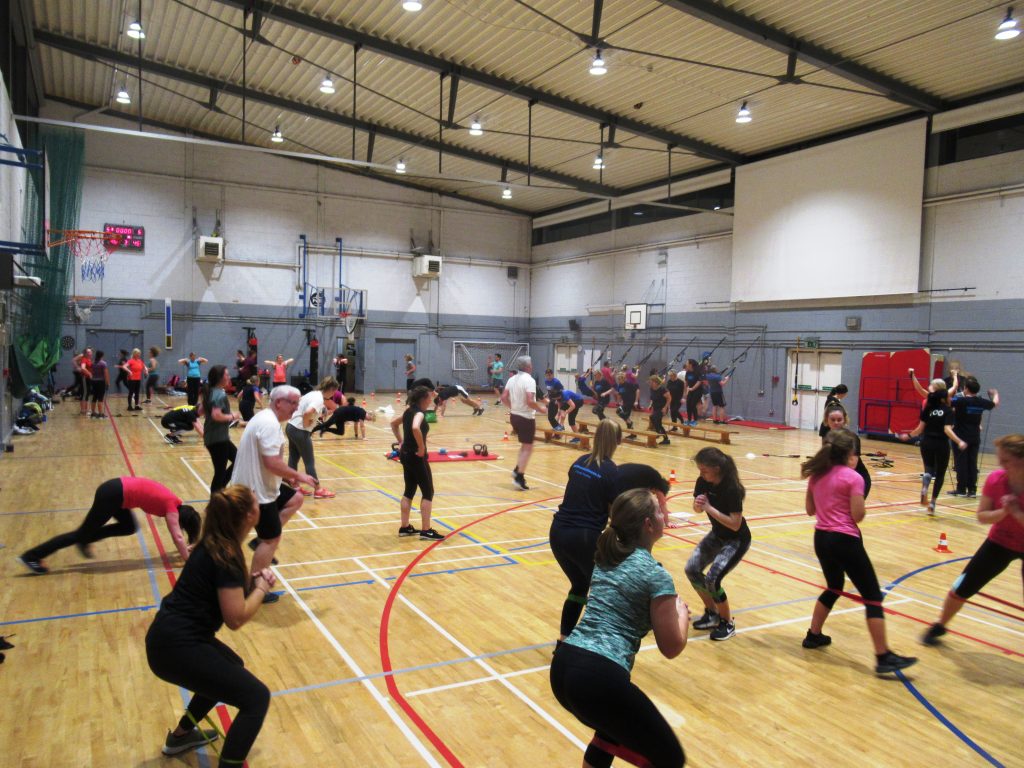



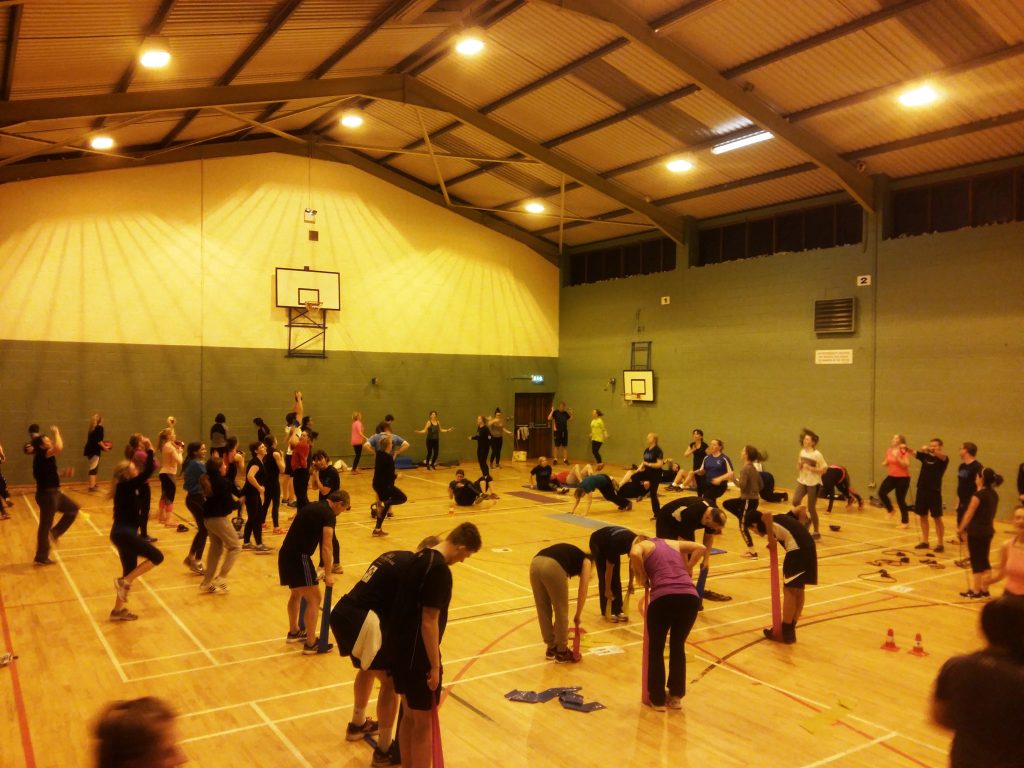
? 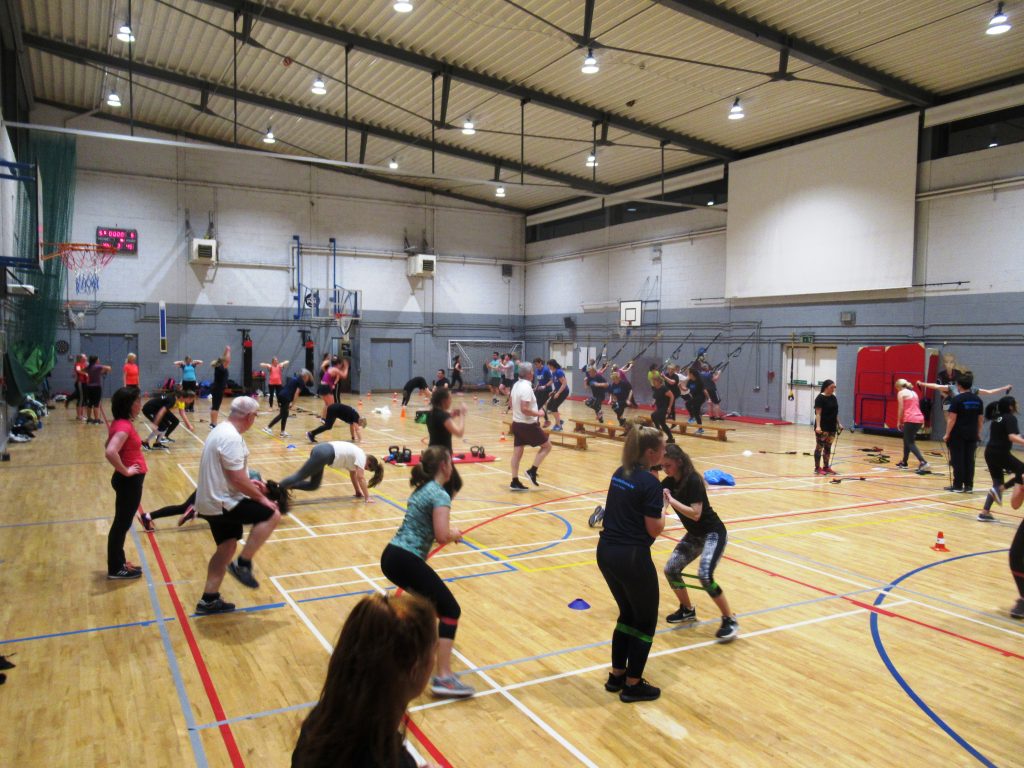

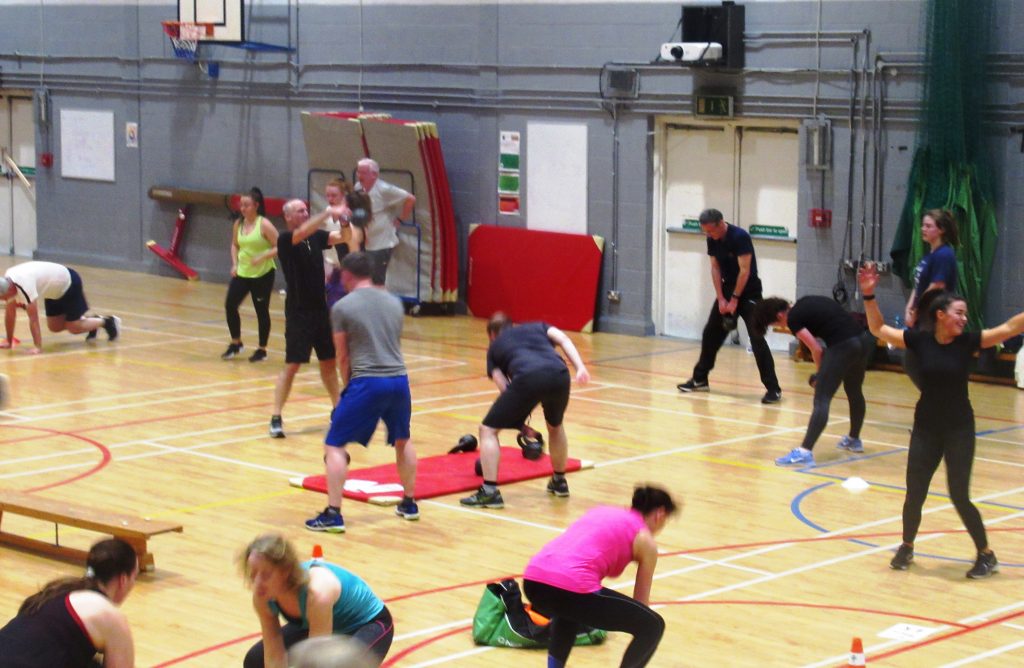

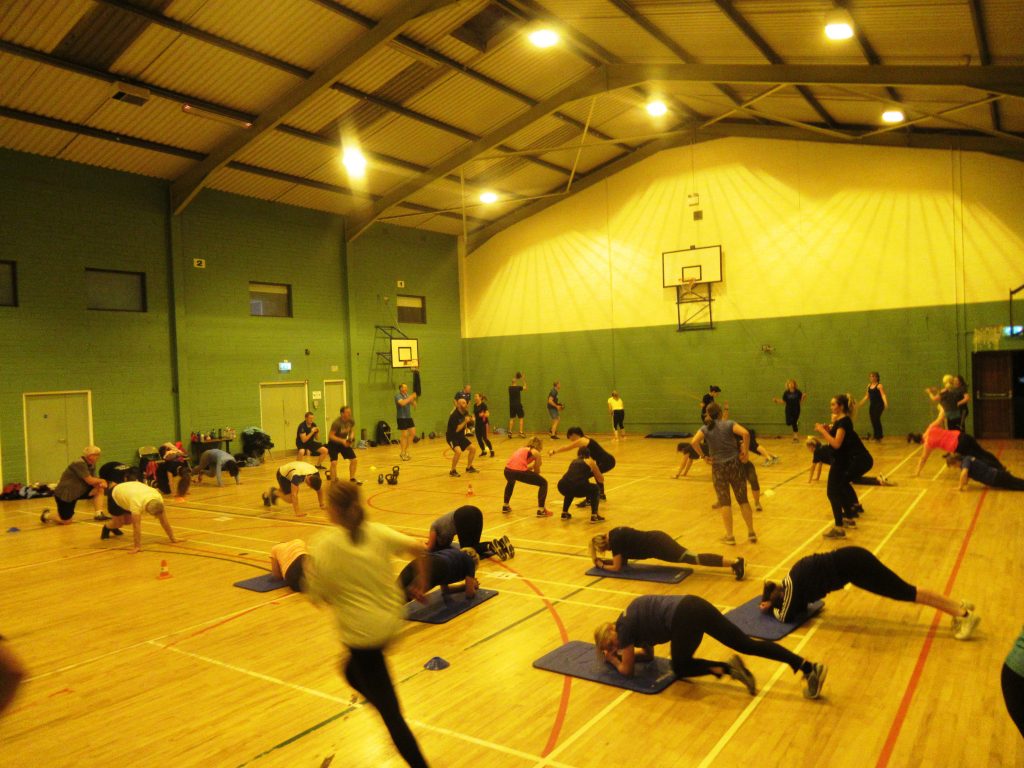
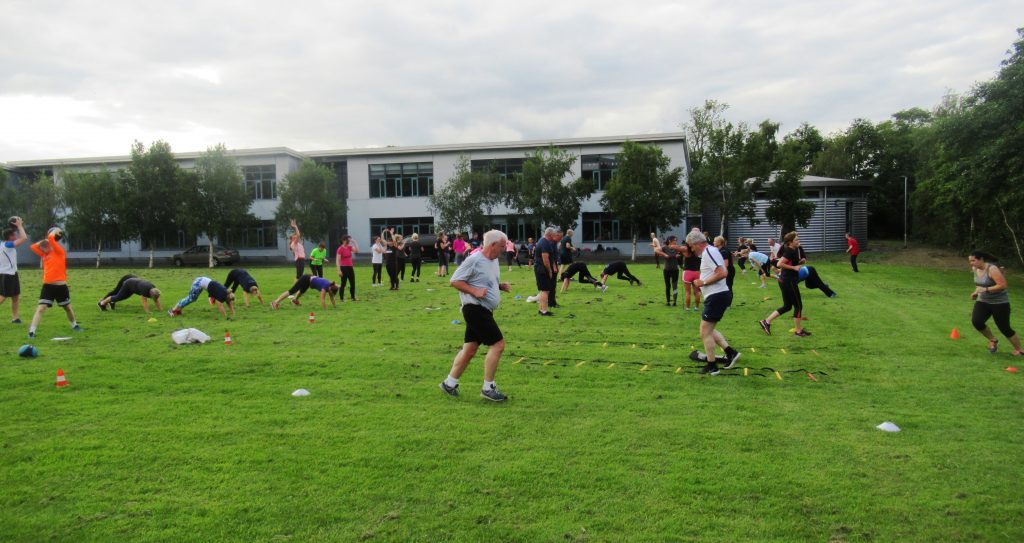
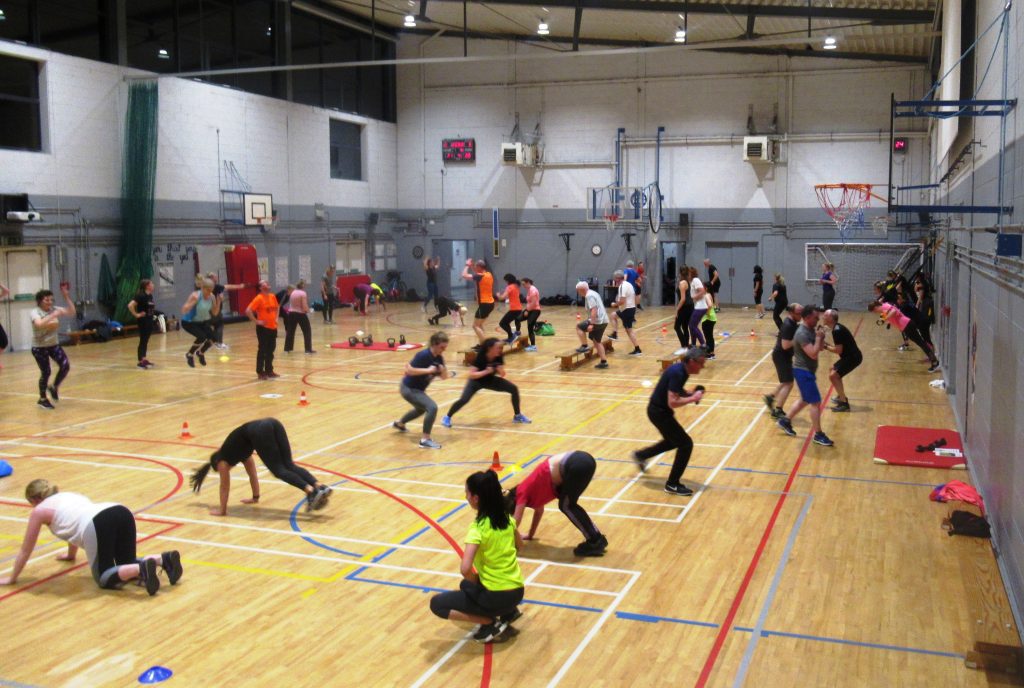
.